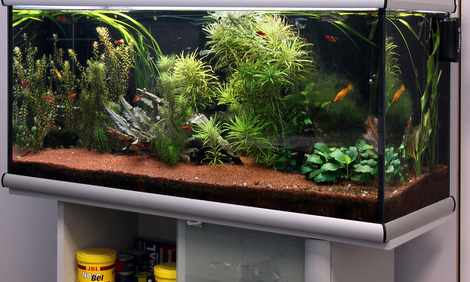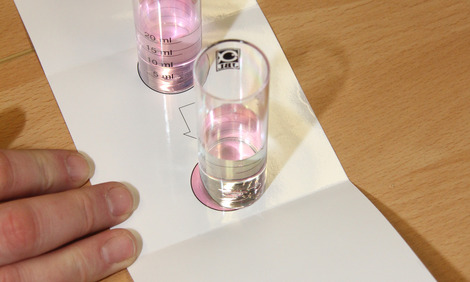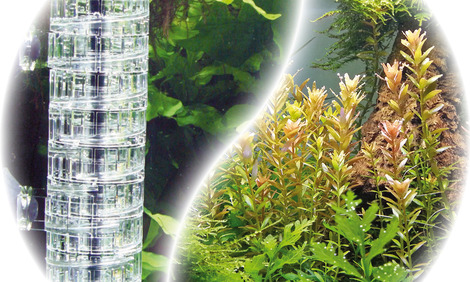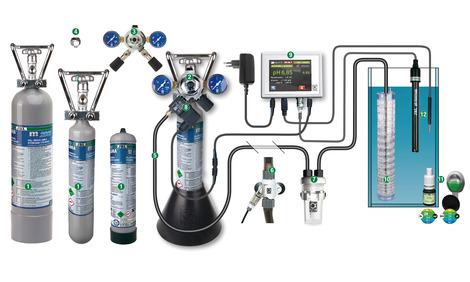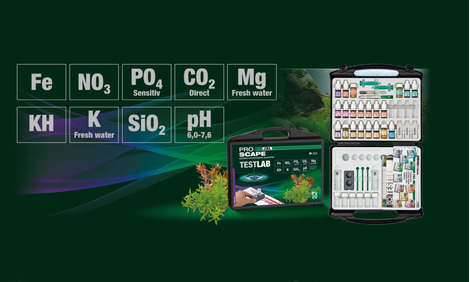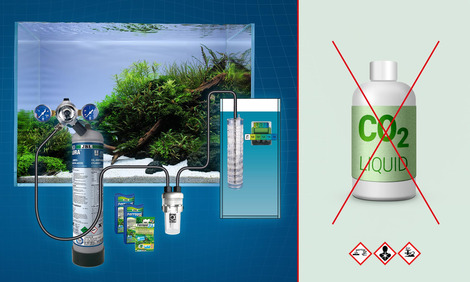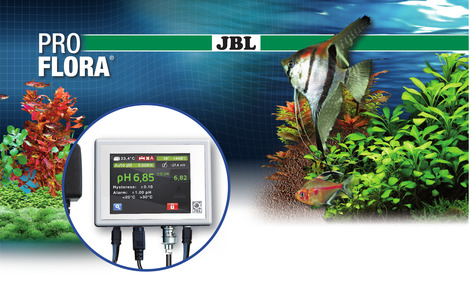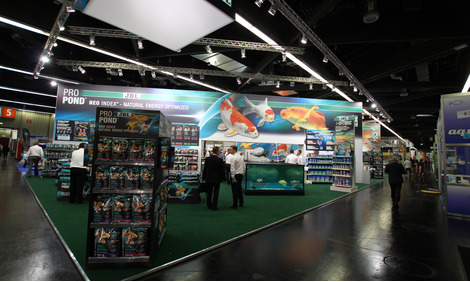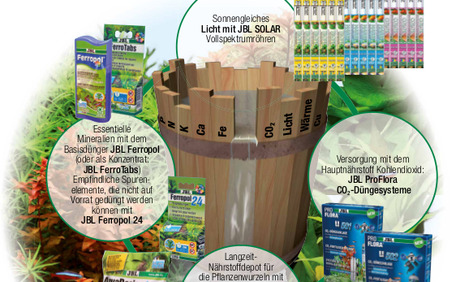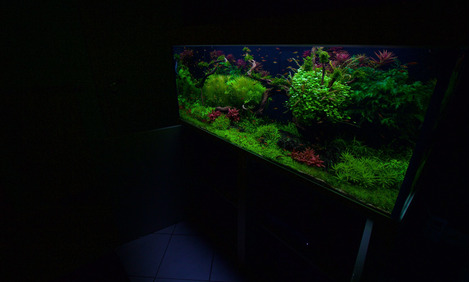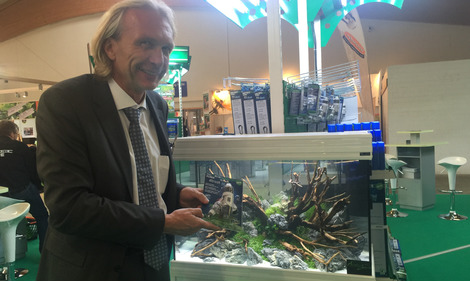Nutrition for aquarium plants Plants provide the aquarium with vital oxygen for the aquarium dwellers, prevent algae growth, remove pollutants, provide hiding places and reduce pathogens. Plant fertiliser systems with CO2 cylinders supply the plants with the main nutrient CO2 through the water.
Important: Unlike diving cylinders CO2 cylinders must be operated in an upright position since CO2 gas becomes liquid under pressure. Only by positioning the cylinders upright can you prevent the liquid CO2 from reaching the valve. That’s why JBL’s CO2 cylinders have either a “built-in” stand or a separately available stand to position the bottle on.
Easy to install The JBL stand ensures that CO2 cylinders of fertiliser systems are positioned stably. It can easily be installed without drilling. The stand is suitable for cylinders with a diameter of 60 mm.
JBL PROFLORA stand CO2 storage cylinder 500 g
Stand for cylinders of CO2 fertiliser systems
PROFLORA CO2 CYLINDER WALLMOUNT , PROFLORA CO2 CYLINDER STAND
- Stand for a steady support of CO2 cylinders for aquariums
- Easy installation without drilling
- For cylinders with a diameter of 60 mm
- Operate CO2 cylinder in an upright position, danger in a horizontal position: uncontrolled outflow of liquid CO2
- Package content: 1 stand, made of sturdy plastic for all CO2 cylinders with 60 mm diameter
JBL PROFLORA stand CO2 storage cylinder 500 g
Properties
| Animal species: | Arowana, Axolotl, Barbels, Bettas, Bichirs/reedfish, Blowfish, Catfish, Cichlids (South America), Corals, Crayfish, Danions, Discus, Dwarf shrimps, Flowerhorn, Gobies, Goldfish, Gouramis, Juvenile fish, Killifish, Livebearers, Loaches, Mussels, Panchaxes, Rainbowfish, Snails, Spiny eels, Tetra, Veiltails, freshwater butterflyfish |
| Animal size: | For all animal sizes |
| Animal age group: | All aquarium fish |
| Volume habitat: | 600 L |
| Material: | plastic (PP) |
| Colour: | black |
Electronic label / illuminant
| Mercury: | No |
| Dimmable: | No |
Technical Data
Please note two important points:
1) Cylinder: Reusable cylinders are TÜV tested and this is stamped on the cylinder. This test needs to be renewed every 10 years, with the bottom of the cylinder and the valve sealing and threaded joint being tested.
2) The carbon dioxide:
Depending on its concentration, carbon dioxide is harmful in the air.
The respiratory rate and pulse rate increase at a carbon dioxide concentration of 3-5%. Other symptoms are headaches, discomfort and ringing in the ears. Carbon dioxide concentrations of 8-10% and more cause these symptoms to become more pronounced. This may lead to cramps, fainting, apnoea and death from suffocation.
One 500 g cylinder contains 500 g CO2. This is equal to 11.36 mol (chemical substance amount unit). One mol of a gaseous substance has a volume of 22.414 l under normal conditions (273.15 K, 101325 Pa), so that 500 g of CO2 result in a volume of 254.7 l. CO2 is heavier than air, so that it collects on the ground. This corresponds to a CO2 height level in the range of 12.735 mm = 1.27 cm for a room of 20 m². If it is mixed completely with the air in a room of 20 m² and a height of 2.5 m (corresponds to 50,000 l), this corresponds to a maximum gas concentration of 0.5 volume %, which is well below the dangerous level.
-
Download
safety instruction for accessories
-
Filename:safety_instructions_zubehoer.pdf
-
safety instructions
Reviews
1 Review
Perfect product for JBL pro flora 500 bottle :) great stand when you have aquarium cabinet but also you can place it next to your tank :) its safe for your bottle !
Show another review in another languages
A review in another language
Meine Co² Flasche steht sicher in dem Fuß. Echt super, kann ich nur weiter empfehlen











